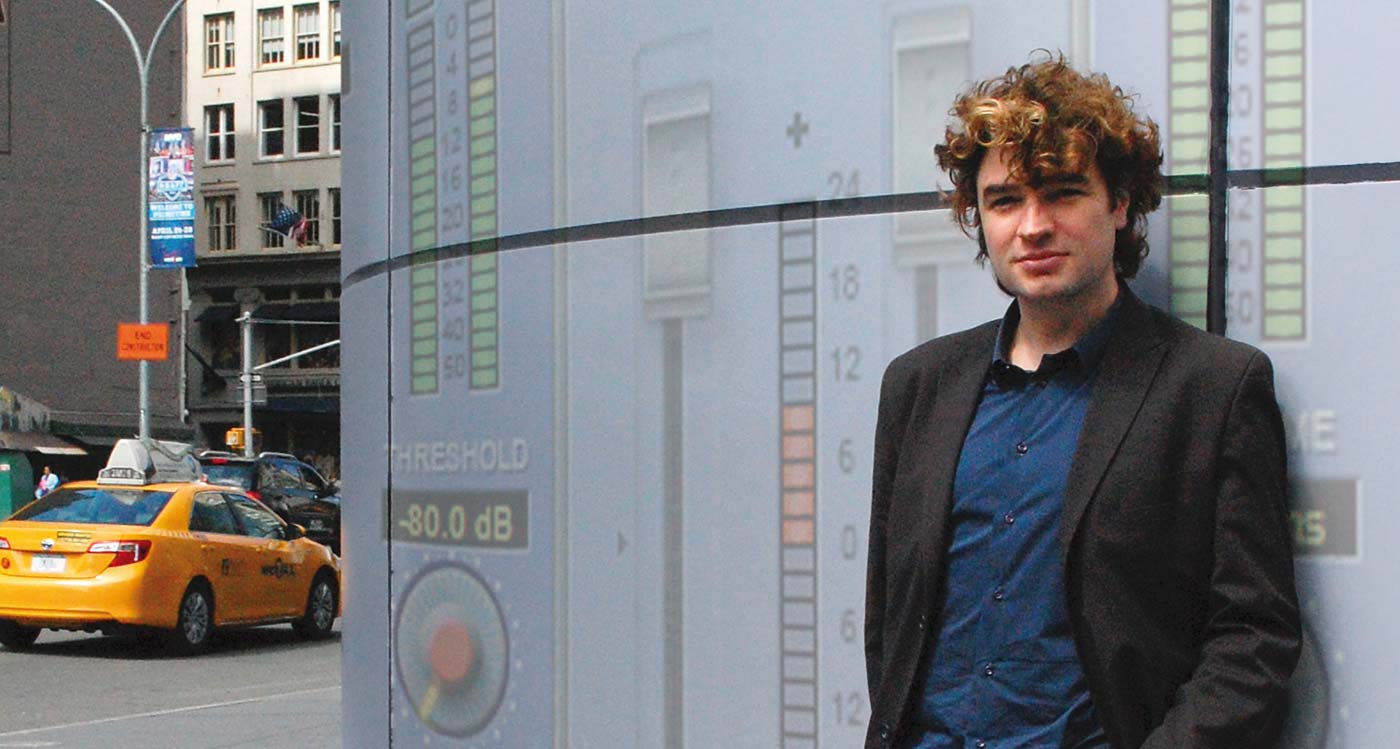Are Your EQ Gain Knob and Channel Fader Having an Affair?
Let’s talk about level management—an essential yet often overlooked aspect of mixing. Picture this: you’re six hours deep into a mix, you finally bring the vocal track back in, and no matter what you do, it’s just not loud enough. Of course, this has never happened to you personally—you’re way too skilled for that. But it might’ve happened to a friend, your little sister, or someone you once knew. So, if only for their sake, read on.

How do things get so out of hand?
It usually starts innocently enough. Band members are in the control room, each asking you to make their instrument louder. Before you know it, everyone’s basking in the glow of clip LEDs. The classic solution: kick everyone out and start over. You bring the faders back down to a reasonable level, get back to mixing, and then it happens again—this time, with no one to blame but yourself.
Why does this keep happening?
If you keep pushing faders up, the entire mix gets louder. It’s a balancing act, and let’s face it—we’re not naturally inclined to turn things down. Without compensating for the gain you’re adding, levels escalate quickly, your headroom disappears, and suddenly your track sounds like it’s got an elephant sitting on it. And no, discreetly clicking off that red clip LED won’t make the problem—or the sound—go away.
If you keep pushing faders up, the entire mix gets louder. It’s a balancing act, and let’s face it—we’re not naturally inclined to turn things down.
We all know better than to be reckless with our fader moves, so why do level issues persist throughout the mix?
The Culprit: Reckless EQ Practices
One of the main reasons for runaway levels is aggressive EQ use. You’d probably hesitate before pushing the bass drum channel fader 14dB above zero—if your DAW even allows it. But boosting 16dB at 300Hz with the Oxford EQ? No problem, right? But really, there’s not much difference between the two.
Let’s Break It Down
Consider the bass drum’s frequency range: mostly below 400Hz with diminishing content above that. Boosting 15dB at 400Hz shelf on this low-end instrument is functionally similar to cranking the channel fader up by 12dB. If you’re skeptical, try both approaches and watch your meters—they’ll tell you the same story.
Your EQ gain knob and channel fader are conspiring against you, both robbing your headroom in the same way. That’s why it’s crucial to keep an eye on overall levels when reshaping an instrument’s tonal character with EQ.
Using the Oxford EQ Input Offset Knob
Here’s an often overlooked but critical point: the input offset knob in the middle of the Oxford EQ isn’t just for decoration. It’s there to manage headroom.
Imagine you’ve got a bass drum recorded at -6dB below clipping, but it sounds weak. You plan to add 10dB of boost at 80Hz on the Oxford EQ. The problem? You’re likely to clip, since you only have 6dB of headroom but want to add 10dB. This is where the input offset knob saves the day. Lower the EQ input by 6dB, and combined with your existing 6dB of headroom, you can now safely add your desired 10dB boost without clipping—keeping the elephant off your mix.
Is It Really That Simple?
Yes, it is. If your mix bus is on the verge of clipping, any additional fader movement or EQ adjustment could push it over the edge. Remember, gain is gain, no matter where you apply it. Think of those red clip LEDs as a friendly reminder that something bad is about to happen—like an elephant trampling your mix. Keep your levels in check, and your music will breathe freely.
This streamlined version preserves the engaging and humorous tone while clearly emphasizing practical tips for managing levels and avoiding common pitfalls in the mix. Let me know if there’s anything specific you’d like to add or adjust!
